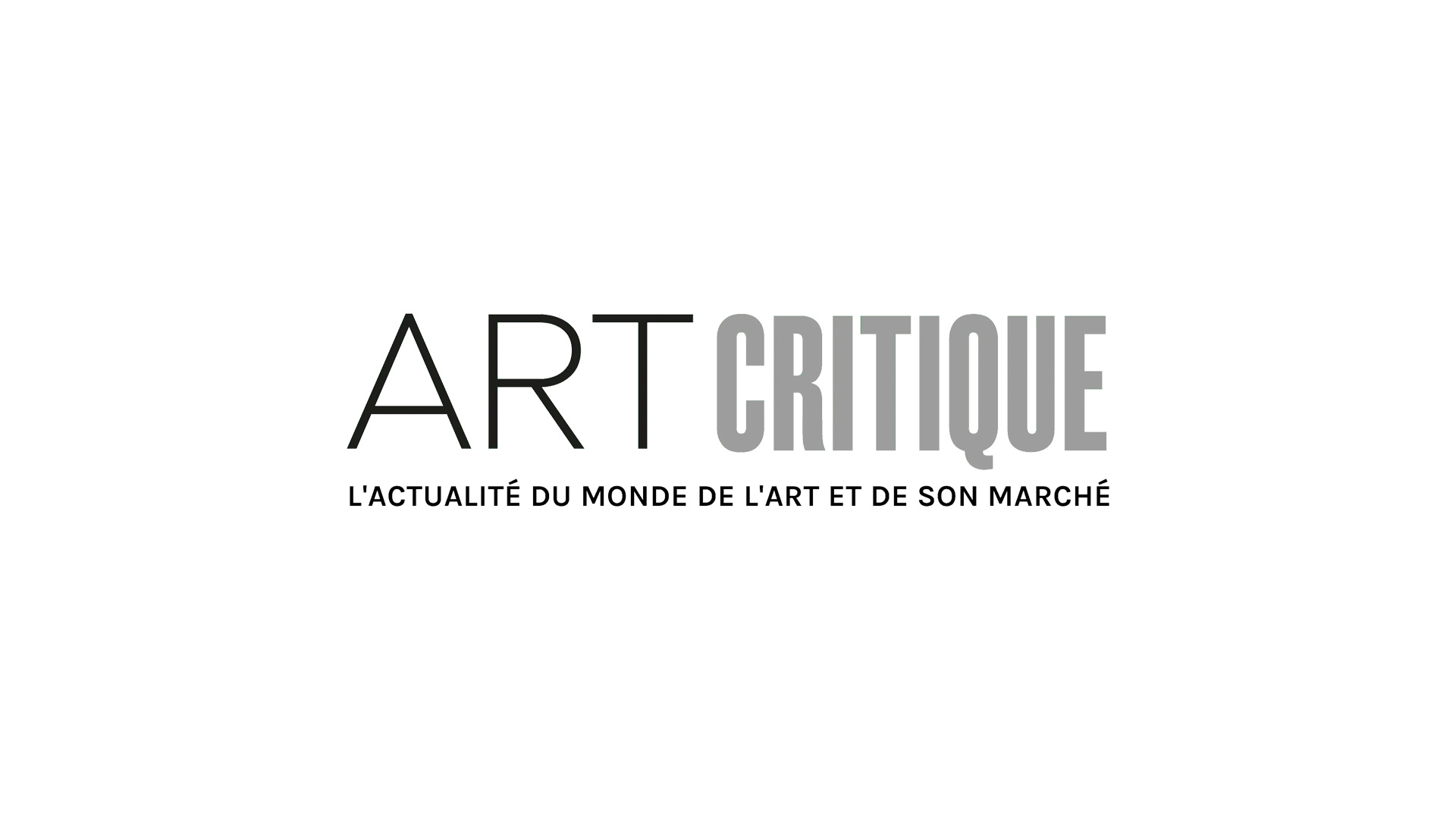Amid growing panic over the rapid spread of the coronavirus, some of Italy’s most famous museums are shuttering their doors. From Turin to Venice, seven northern regions have been directed by Rome to close their museums. At the same time, the cultural ministry has revoked free entry to state museums nationwide.
The Italian art world is not the only one to feel the effects of coronavirus; the ongoing outbreak is closing cultural doors throughout Asia, too. Seoul, where more than 600 coronavirus cases have so far been reported, has closed a number of institutions- including the National Museum of Korea— until further notice; Tokyo has shuttered its Studio Ghibli museum, and Art Basel Hong Kong has been cancelled in response to open calls by dealers. Sotheby’s, meanwhile, is relocating April sales originally slated for Hong Kong to New York.
Iran is also struggling to stem the coronavirus as it spreads within the former empire’s borders. The Ministry of Culture and Islamic Guidance has cancelled all art, cultural and cinematic events, though the mandate seemed almost redundant: galleries had been deserted for days before the decree was issued.
It should come as little surprise, then, that the openings of two new museums in China have also been put on hold. As Chinese and international authorities struggle to contain the spread of coronavirus, site tours and press events surrounding the new X Museum in Beijing and He Art Museum in Foshan have been postponed. The latter site is a roughly 12-hour drive from Wuhan, the center of the coronavirus outbreak.
What’s more, even unaffected regions have seen their museum attendance drop sharply as Chinese tourists stay away. Last year, a so-called “influx” of Chinese tourists were a headache for Russia’s slate of heritage museums; the Catherine Palace in Tsarskoe Selo near St Petersburg was put on “red alert” due to the sheer number of Chinese travellers entering its doors. Now, ticket sales are down by a third following Beijing’s ban on outbound tour groups.
China’s film industry is taking an even more severe hit: instead of the anticipated boon brought by the annual Spring Festival, all seven blockbusters scheduled to debut pulled out just days before their release. According to some estimates, the Chinese film industry has lost up to $2 billion in revenue since the start of the year. Already struggling after 18 months of changes to tax and censorship rules, exhibitors, talent, production houses, studios and investors are facing total collapse thanks to the seemingly unstoppable spread of coronavirus.
In the same way, foreign films are facing the daunting prospect of doing without the huge influx of cash counted on from their respective releases in China. The 25th installment of the 007 saga, No Time To Die, was on track to become the highest-grossing Bond movie in the history of the franchise; now, the Chinese premiere has been cancelled and promotional tours cancelled.
Even Ethan Hunt has met his match in coronavirus. Paramount Pictures has been forced to halt production on the much-anticipated Mission: Impossible VII starring Tom Cruise after filming in Venice, Italy, was delayed over public health concerns.
At the same time, however, the art world is innovating in response to the health crisis. Chinese museums are offering online tours, while Chinese video app Bilibili has created a series of live-streamed music events to entertain those stuck in quarantine. Audiences participate in the events via “bullet texting,” a hugely popular function on Chinese social media.
For many artists, the coronavirus has been an inspiring time. The Nanjing Foreign Affairs Service Association (NFASA) has launched a “Stop the Coronavirus” Art Competition, and an online community of artists honouring coronavirus whistleblower Dr. Li Wenliang and other frontline medical workers has produced scores of unique works.
Indeed, this is just the latest case of a long tradition of the art world using the tools of its trade to cope with the devastating impacts of a disease outbreak. The ravages of the 1918 Spanish flu pandemic, which lasted two years and killed as many as 100 million people all over the world, has been captured in a series of haunting works depicting the various stages of patients’ demise- and survival.
The spread of the Black Death for six horror-stricken years from 1346 turned out to be a boon for contemporary artists, as the wealthy commissioned an onslaught of religious paintings to appease God and invite relief from the pandemic. Skeletal horsemen, worms and corpses sprang onto canvases around the world. Celebrations of the glory of life, too, experienced their own renaissance.
Thanks to the skill of artists, hysteria, sudden death and the reliance of the human spirit was put on show then as it is now. The resulting artistic expression from tragedies past- in all its bubonic, grievous and devastating glory– would have been vital to the recovery of survivors, and even the descendents of survivors. The importance of art for individuals and communities devastated by the ongoing coronavirus cannot be understated.





